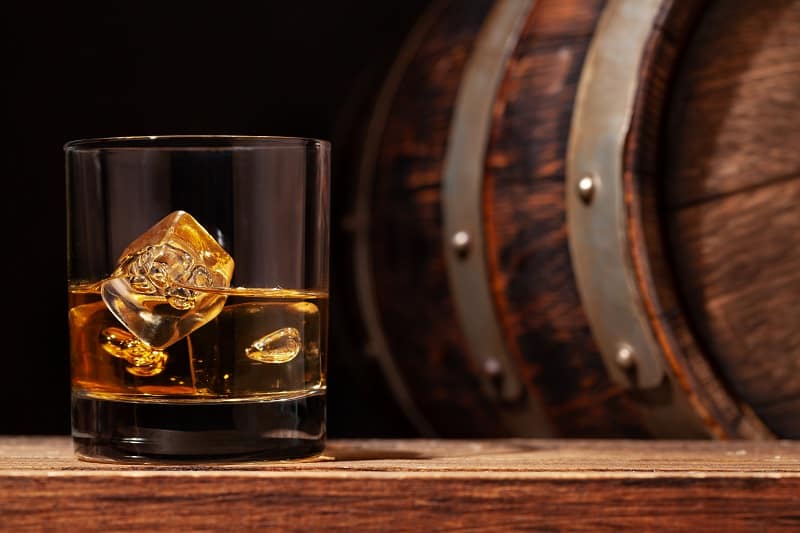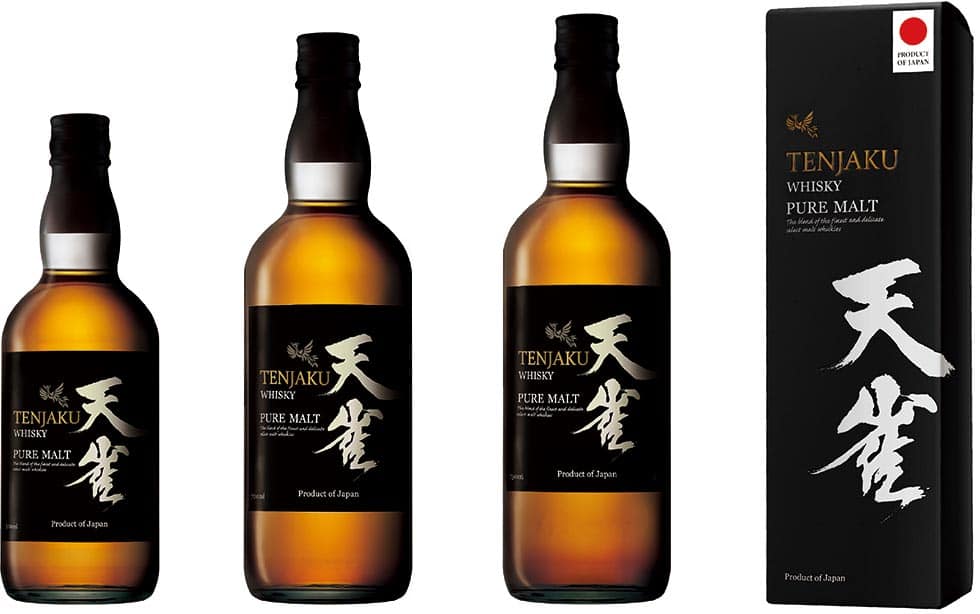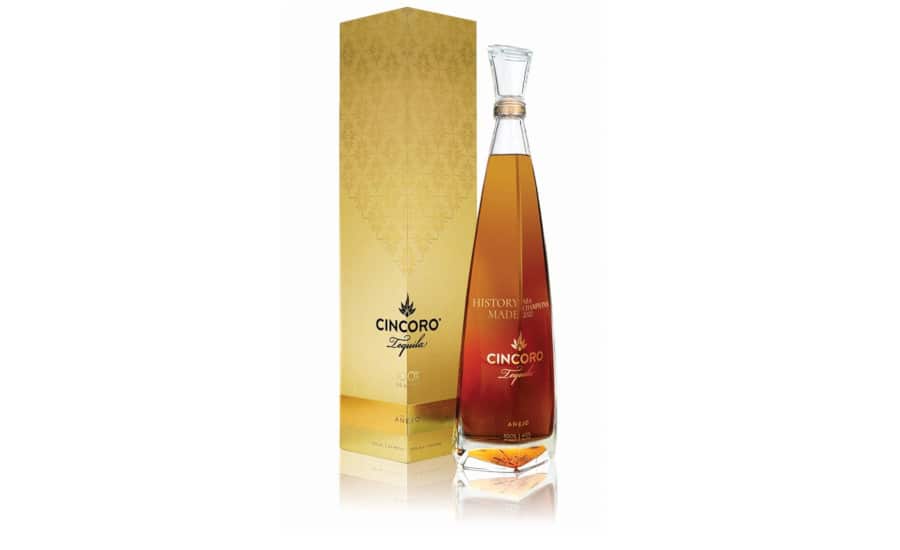Defining the Difference Between Whisky and Whiskey
The difference between whisky and whiskey has been upsetting writers, typesetters and marketers, and confusing casual drinkers, since the late 19th century.
The following article looks to break down the difference between the two-way spelling of the fantastic brown liquor, give historical context to why there is a split in wording, and provide information about the regulatory frameworks in the major countries of origin.
Is there a difference between whisky and whiskey?

While there are certainly differences in how whisk(e)y is produced and the end taste, this doesn’t have a great deal to do with the different spellings. In the contemporary liquor industry, the appropriate spelling is linked directly to the country where the spirit is produced. American or Irish distillers and bottlers typically spell whiskey with the extra letter “e.”
There are a few exceptions, such as Makers’ Mark, who prefer to be associated with their Scottish whisky heritage, and George Dickel, who wanted to stand out from his competitors in making quality Tennessee malted rye.
Canadian, Scottish, and Japanese distillers use the term “whisky.” The simplest method to remember the difference and use the right version is that the United States and Ireland have an “e” in their name and spell whiskey with an “e.” Simple, right?
According to online encyclopedia Britannica.com:
“Whiskies can be straight or blended: the former are not mixed with anything or are mixed only with other whiskeys from the same distiller and distillation period; the latter can include various combinations of whiskey products from different distillers and different distillation periods as well as other flavorings, such as fruit juice.”
See more about – What do Japan’s new whisky regulations mean for your favorite bottle?











